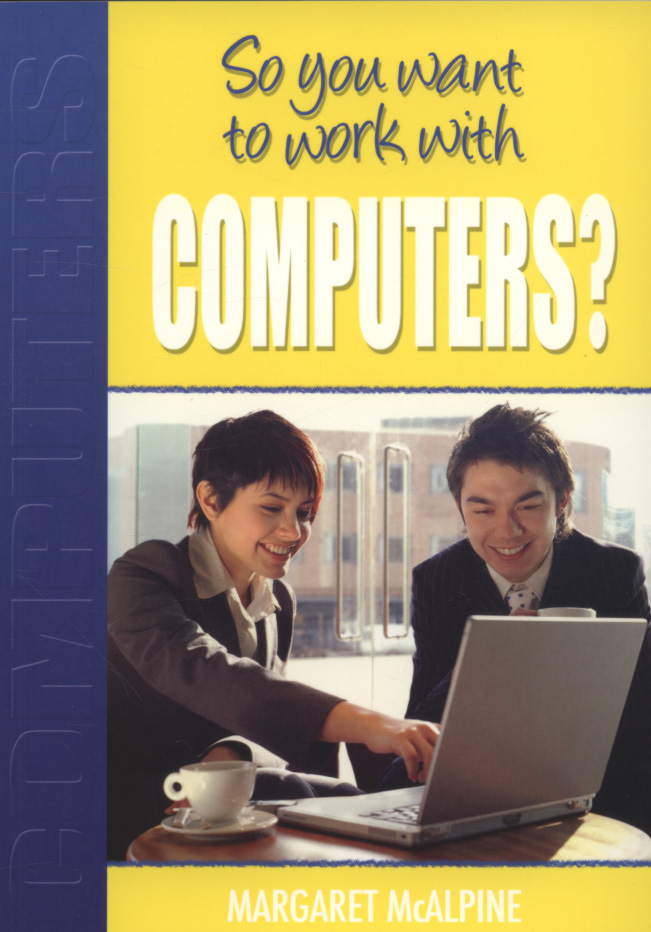Filters
Clear allSubject
- Careers (45) Apply Careers filter
- Climate Change (2) Apply Climate Change filter
- Creative arts and media (4) Apply Creative arts and media filter
- Cross curricular (36) Apply Cross curricular filter
- Design and technology (205) Apply Design and technology filter
- Engineering (123) Apply Engineering filter
- Food Preparation and Nutrition (2) Apply Food Preparation and Nutrition filter
- Leadership (1) Apply Leadership filter
- Mathematics (151) Apply Mathematics filter
- Personal development (2) Apply Personal development filter
- Psychology (1) Apply Psychology filter
- Science (173) Apply Science filter
- Space (2) Apply Space filter
- STEM Ambassadors (8) Apply STEM Ambassadors filter
- STEM Clubs (13) Apply STEM Clubs filter
Age range
Type
- Activity sheet (136) Apply Activity sheet filter
- Article (72) Apply Article filter
- Assessment (3) Apply Assessment filter
- Audio (5) Apply Audio filter
- Data set (2) Apply Data set filter
- Demonstration (3) Apply Demonstration filter
- Experiment (1) Apply Experiment filter
- Game (4) Apply Game filter
- Group work (4) Apply Group work filter
- Image (13) Apply Image filter
- Information sheet (29) Apply Information sheet filter
- Interactive resource (6) Apply Interactive resource filter
- Open-ended task (1) Apply Open-ended task filter
- Poster (9) Apply Poster filter
- Presentation (64) Apply Presentation filter
- Quiz (1) Apply Quiz filter
- Research (40) Apply Research filter
- Self assessment (1) Apply Self assessment filter
- Simulation (2) Apply Simulation filter
- Teacher guidance (156) Apply Teacher guidance filter
- Textbook (18) Apply Textbook filter
- Video (36) Apply Video filter
- (-) Remove Include Physical Resources filter Include Physical Resources
Showing 796 results
This activity follows-on from previous exercises using the Blockly editor on the Rapid Router website. It reviews what the children have learned before they proceed to using text-based programming.
The exercise looks at the most advanced ideas used with the Blockly-based phase of the Rapid Router scheme,...
This activity goes further into Python programming by expanding the range of repetition and selection commands used. Students also practice debugging of code.
Variables are explained before making use of incremented variables to solve challenges in Python.
Other programming practices, including...
This lesson activity further develops Python programming ability by introducing additional commands such as WHILE, IF, ELSE and ELIF. Debugging of programs is featured, and extension activities lead to the writing of functions that use COUNT IN RANGE() to control repetition. Students are also encouraged to mark-up...
In this Rapid Router activity, children progress from block-based programming to the textual environment of Python. In doing so they learn about the nature of text-based coding, including the need for precise syntax and how it is structured.
The progression is handled gently, with code compared in both...
This activity explores the concepts of pattern recognition and problem decomposition. It illustrates these ideas using a popular children's book, "We're going on a bear hunt" by Michael Rosen.
Children are asked to apply their understanding by then creating functions using the Blockly editor on the Rapid...
This four-lesson sequence teaches students to create multimedia for a given purpose. Using digital cameras and special desktop publishing software, students create a comic-book representation of the life of William Shakespeare. They are required to plan and execute the project from the beginning and to evaluate...
Cryptographic techniques enable information to be shared with other people, yet still maintain a surprisingly high level of privacy. This activity illustrates a situation where information is shared, and yet none of it is revealed: a group of students will calculate their average age without anyone having to reveal...
This report is the outcome of a project initiated by the Royal Society in August 2010. The project was prompted by a high degree of concern about aspects of the provision of education in Computing in UK schools. The project was guided by an Advisory Group that brought together individuals and representatives with a...
Siemens have created a number of high-quality engaging online interactive games and activities for pupils of all ages covering many aspects of the STEM curriculum. Topics range from cybersecurity to carbon emissions; programming to dressing a site worker in appropriate personal protective clothing. Many of the...
This CREST Silver level resource pack focuses on Machine Learning, with a variety of project ideas enabling students to investigate machine learning in a real-life context, exploring innovative ideas and solutions for the future, such as:
- Machine learning in disease detection
- Self-driving car...
This activity sheet is based on the Inventive Podcast. It introduces data scientist Larissa Suzuki, and links her work to the computing curriculum. The activity sheet also supports Careers Benchmark 4: Careers in the curriculum by introducing a career and role model. There are also links to short audio clips of...
This is one of a series of resources to support the use of the BBC micro:bit.
In this activity pupils will make use of the BBC micro:bit to design and create a programmable system that can control the temperature and soil moisture levels in a ‘smart’ greenhouse. They will analyse a design brief and design...

So you want to work in? Find out all about what it is like to work in the these industries. This series explores various occupations and looks at the main tasks for each job, together with skills required and good...
The Department of Education resource Social and Emotional Aspects of Learning Secondary SEAL – A Quick Guide looks to define SEAL and its key elements, and well as offering a six-step approach on how to get started with SEAL.

The Soil Moisture Sensor is used to measure the volumetric water content of soil. This makes it ideal for performing experiments in courses such as soil science, agricultural science, environmental science, horticulture,...
